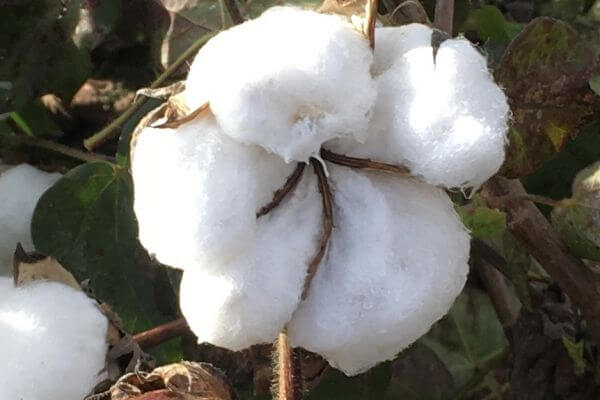
This season’s crop results are right around the corner – in some cases – but growers are already eying their strategy for the 2021 growing season. Some of them already have a preliminary attack plan in their head, if not yet entirely on an Excel spreadsheet as they await 2020 results.
“Mother Nature dealt us a fairly significant setback early this season,” says Lyle Carraway, a Lynchburg, SC grower. “I got so much rain right after planting, that it drowned out a lot of the stand. As a result, it was skippy and somewhat difficult all season long. But that’s okay. I’ve seen worse.”
Carraway is strictly a dryland farmer, so uncertainty is one of the most predictable components of his strategy. “It’s very simple,” he says. Some things you can control; some you can’t.”
Honing in on Management
In terms of things he can control, Carraway focuses on three inputs:
- Seed selection
- Early season pest control
- Careful monitoring from planting until harvest.
He planted Deltapine 1646 B2XF in 2020. Even though the season got off to a rocky start due to excess rain, the variety seems to have performed reasonably well, according to Carraway.
“You can’t do anything about the weather, except maybe time your planting,” he says. “After that, it’s early season pest pressure you have to watch. I don’t use insecticide treated seed. It has been losing effectiveness for years now,” he says. “Other than a fungicide base treatment, I don’t waste my money on seed treatments anymore.”
For several years now, Carraway has gone back to an old familiar nematode and thrips control product that he feels has served him well over the years. “I used to use Temik,” he says. “When it went off the market, I tried all sorts of different options for early season insect control,” he says. “The seed treatment just didn’t work very well, and it became less effective year after year.”
When Temik aldicarb was replaced with AgLogic® aldicarb after a five-year hiatus from the market, Carraway seized on the opportunity in 2019 and again this season. His consultant agrees.
“Temik aldicarb pesticide was successfully marketed for more than 40 years,” says Jerry Adams, JLA Consulting Service, LLC in Bishopville, SC. “Over that time, we never saw anything that gave us the early season insect control with the consistency of aldicarb. AgLogic® aldicarb is the same active ingredient with the same consistent performance.
By the Numbers
“Our only problem is we keep referring to it as Temik out of force of habit,” Adams says. “I’m sure the AgLogic® name will start rolling out our mouths more easily as growers are reminded what this product meant to them. We also have a new generation of growers who are starting to discover it.”
Carraway applied AgLogic® aldicarb at 5 lbs. per acre to his cotton in 2019 and again in 2020. “Compared to what I had been seeing for a few years without it, I was very pleased,” he says. “You just can’t beat it considering the pests we are dealing with. It’s very effective on nematodes and thrips.”

Even though AgLogic® aldicarb costs more than seed treatments, Carraway justifies the investment by using only fungicide base treated seed. Based on his calculations, he saves about $10-$12 by foregoing extra seed treatments which he considers mostly ineffective.
“When you look at it like that, AgLogic® aldicarb is only costing me about $20 an acre versus about $32 per acre. That figure doesn’t even address what it saves us in early season pest control, fewer early season foliar applications and the benefits of more vigorous plant health.”
In some cases, depending on the cost of seed treatments, simply leaving them off can offset the cost of AgLogic® by as much as $18 per acre.
“We also get a grow-off advantage,” Carraway says. “I had one hopper box in 2019 that was stopped up, and you could see the difference from planting, right up until we harvested.”
As the 2021 season looms in the future, Carraway may tweak a few inputs here and there, but he’s adamant he won’t gamble with early pest control and careful crop monitoring.
Will he use AgLogic® again next year? “Absolutely,” he says.